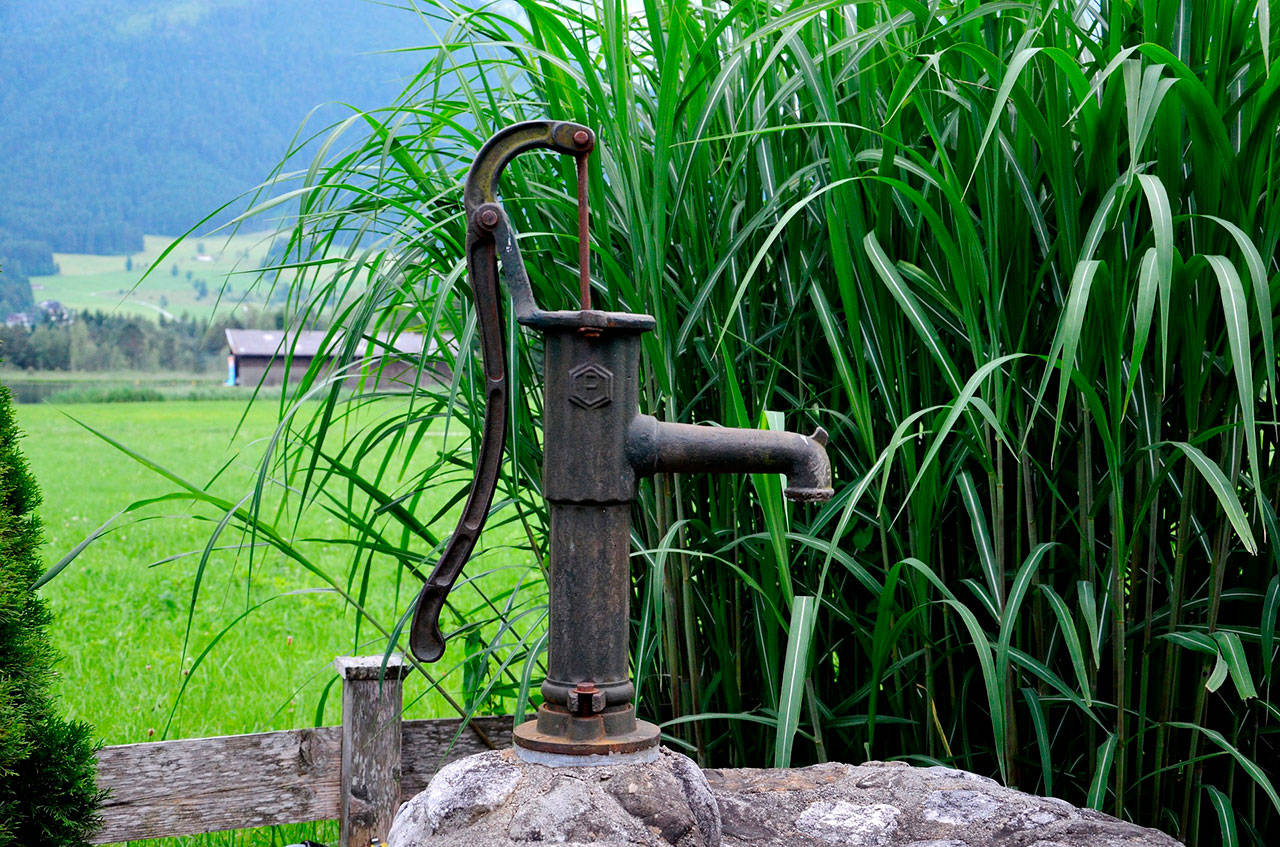Cleaning the precipitation, which drains into water sources that are accessible to humans, marine animals and wildlife, comes at a price.
For the first time in almost a decade, San Juan County may increase the stormwater utility fee. Starting in 2019, county landowners could be annually charged $26 to $56 extra, per parcel, depending on the island of residence.
The county council will vote on the proposal to increase the stormwater utility fee by April, said Kendra Smith, environmental resources manager for the county. At the same time, county officials are looking to focus the utility on cleaning all of the islands’ water.
“We’re looking to manage one water,” she said. “It just finds its way to people in different ways.”
Along with the proposed fee change, the county council will also vote to update the terminology in the county code, changing it from the “stormwater utility” to the “clean water utility.” This, said Smith, more accurately describes the utility’s definition, which includes priorities such as protecting groundwater and restoring fisheries.
The fee
Islanders have paid for the stormwater utility since 2005. The increase will not apply to Town of Friday Harbor residents, as they have a separate payment.
The increase derives from newly identified projects to maintain clean water and the rate is based on each island’s specific projects. According to data from Smith, the increase is similar to nearby counties’ stormwater fees.
If the new fee passes, each year, residents on San Juan would pay $56, Orcas would pay $85, Lopez would pay $73, and remaining islands would pay $51.
Every project listed for specific islands addresses stormwater, except for two. These two projects aim to increase fish spawning in a San Juan Island creek and fish passage in an Orcas Island creek.
According to Smith, stormwater is excess precipitation, like rain and snow, that collects on the ground and drains to other water sources, like groundwater, local creeks and the Salish Sea. It is the only local source of fresh water.
The stormwater projects both clean the water and “slow the flow,” said Smith.
“We want to keep as much fresh water on the islands as we can to ensure adequate water supply for people, fish and wildlife,” she said.
The fee also funds other areas like aquifer protection, restoring fisheries, education, and staffing. This is part of the utility’s $39 base rate, which is applied to every island.
Potable water
To protect potable water, Smith said county staff may provide a map of groundwater availability to help new well owners ensure they don’t deplete nearby water sources.
“What you do on your property could affect your neighbors,” said Smith.
A new state law that aims to protect water rights in rural Washington does not affect San Juan County, said Paul Kamin, with the county’s water resource management committee. The law, which is in response to a Washington Supreme Court ruling known as the Hirst decision, was approved by the Washington Legislature in January.
However, he said, the law’s move to place the county in charge of monitoring water rights, instead of the state, may influence more legislation down the line.
“This was kind of a wake-up call for San Juan County that says you may be responsible in the future to ensure water is legally available for new building permits,” said Kamin.
Kamin said that, in the future, he would like to see the county council adopt policies to protect existing water users, from those planning to drill new wells, typically for new developments.
For information on the proposed utility increase, visit www.sanjuanco.com/371/Clean-Water-Utility.



